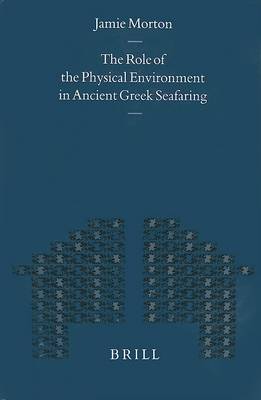Mnemosyne, Supplements
1 primary work
Book 213
The Role of the Physical Environment in Ancient Greek Seafaring
by Jamie Morton
Published 22 February 2001
In this study of the world of ancient Greek mariners, the relationship between the natural environment and the techniques and technology of seafaring is focused upon.
An initial description of the geology, oceanography and meteorology of Greece and the Mediterranean, is followed by discussion of the resulting sailing conditions, such as physical hazards, sea conditions, winds and availability of shelter, and environmental factors in sailing routes, sailing directions, and navigational techniques. Appendices discuss winter and night sailing, ship design, weather prediction, and related areas of socio-maritime life, such as settlement, religion, and warfare.
Wide-ranging sources and illustrations are used to demonstrate both how the environment shaped many of the problems and constraints of seafaring, and also that Greek mariners' understanding of the environment was instrumental in their development of a highly successful seafaring tradition.
An initial description of the geology, oceanography and meteorology of Greece and the Mediterranean, is followed by discussion of the resulting sailing conditions, such as physical hazards, sea conditions, winds and availability of shelter, and environmental factors in sailing routes, sailing directions, and navigational techniques. Appendices discuss winter and night sailing, ship design, weather prediction, and related areas of socio-maritime life, such as settlement, religion, and warfare.
Wide-ranging sources and illustrations are used to demonstrate both how the environment shaped many of the problems and constraints of seafaring, and also that Greek mariners' understanding of the environment was instrumental in their development of a highly successful seafaring tradition.
